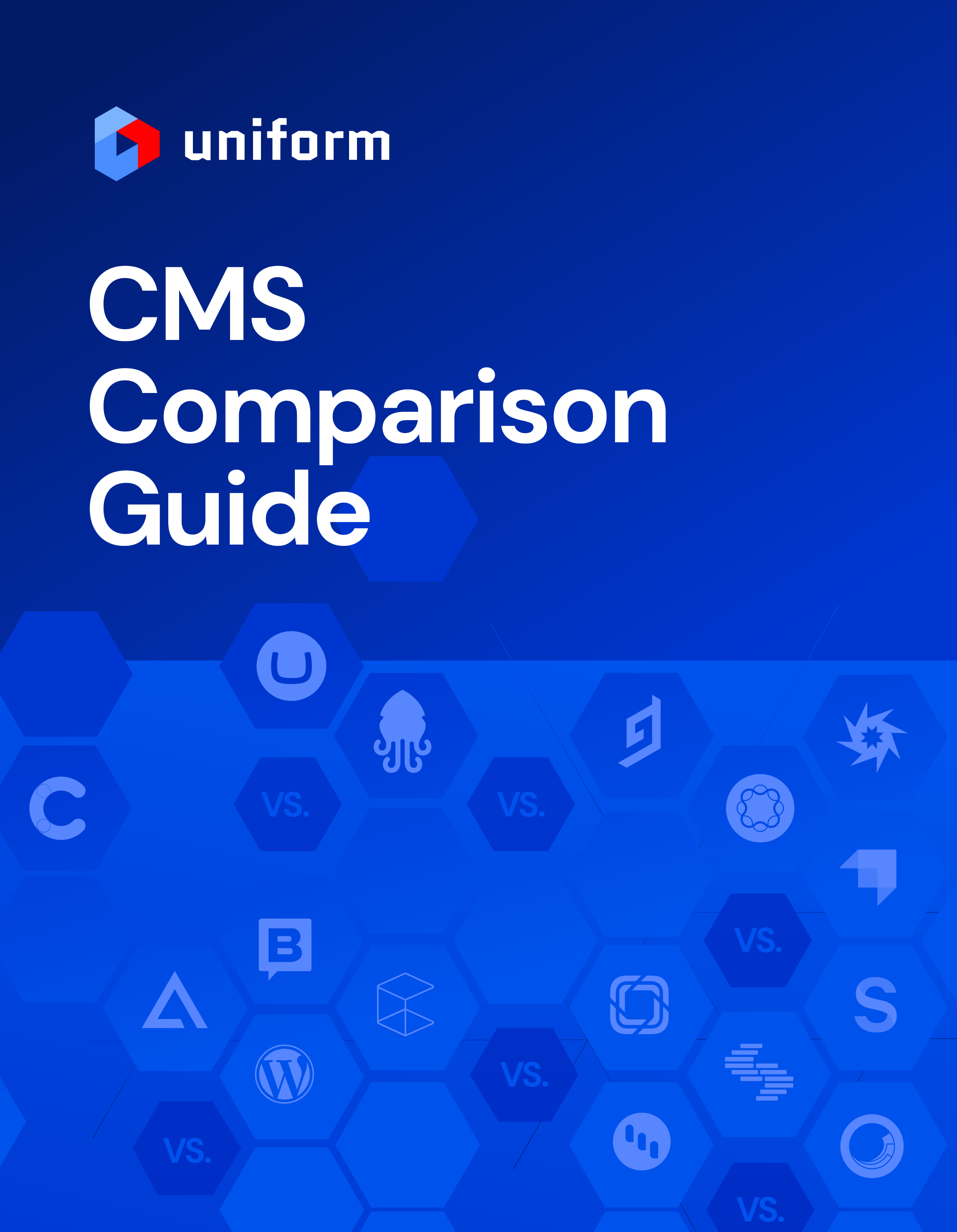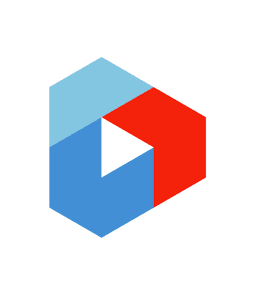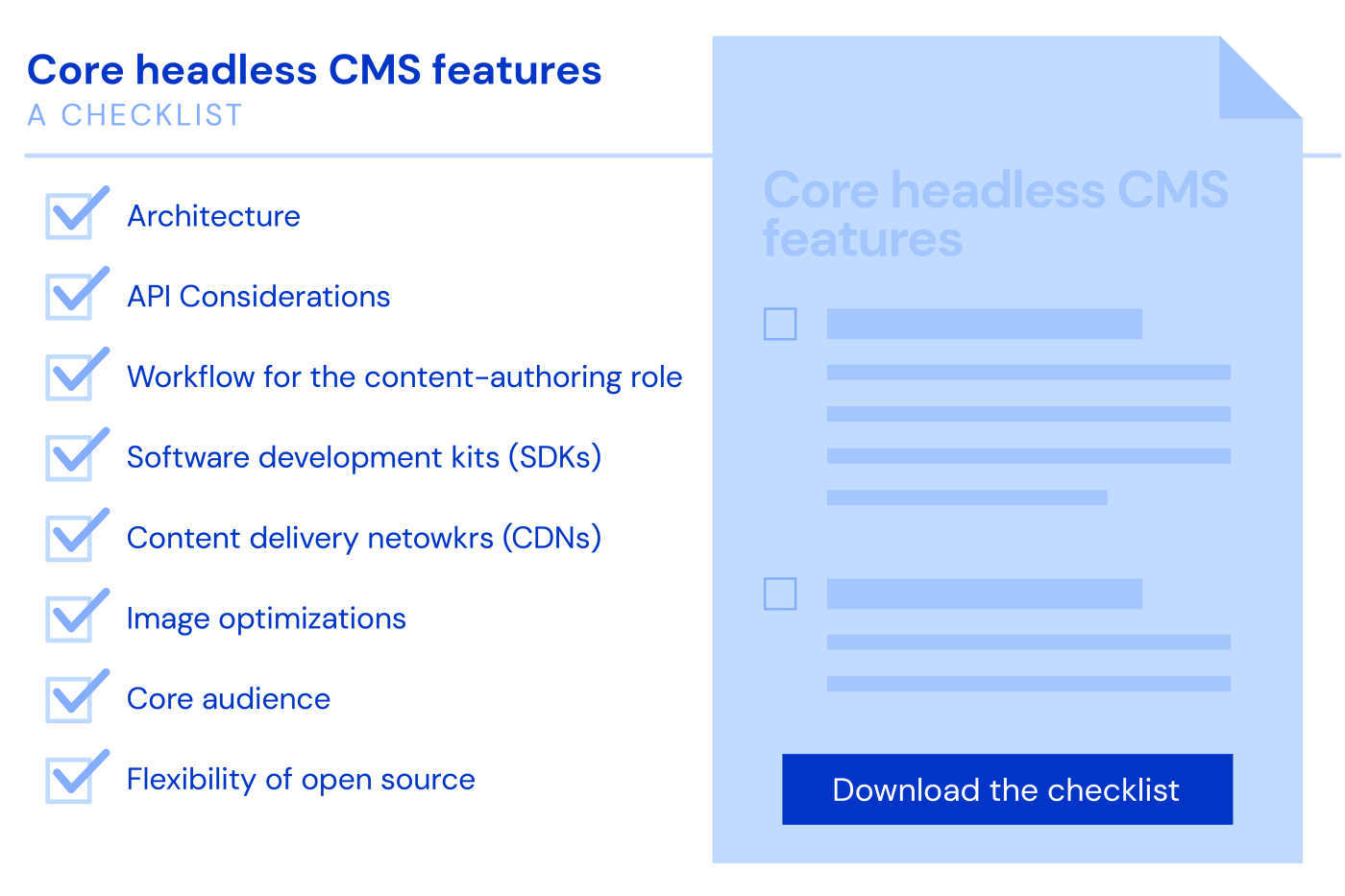Uniform blog/How to choose a headless CMS: a complete guide
How to choose a headless CMS: a complete guide
How to choose a headless CMS: a complete guide
Nowadays, people can view content virtually anywhere, from desktop computers to smartwatches, which makes it necessary for organizations to store it in a versatile manner. A problem most companies face is presenting content seamlessly across devices without compromising quality. For a solution, companies turn to a headless CMS, which offers infrastructure for storing and managing content for correct rendering everywhere.
This guide describes the key considerations for choosing a headless CMS, complete with examples.
Understand the headless approach
First, let’s delve into what a headless CMS is.
In traditional architectures, content-management systems comprise a back end for content storage and management as well as a front-end user interface or presentation layer for content delivery. Such a stack is monolithic because the two components are closely intertwined, relying on each other to function properly.
In headless CMSes, the back end remains intact, but the presentation layer has been removed. Instead of tightly coupling the presentation layer with a particular user experience, you access the data in the layer with an application programming interface (API), powering all user experiences. That’s a major benefits of a headless CMS, because decoupling makes it easier to build web, mobile, and Internet of Things (IoT) apps, all of which can access the same content without manual syncing.
Monolithic versus API-first architectures
By leveraging the API-first capability of headless CMSes, developers can rely on APIs to access and serve content from back-end systems, focusing on development-oriented tasks instead. Gratifyingly, that means that organizations can deliver highly customized experiences without rebuilding the entire content-management stack for new platforms or devices.
An example is the launch of an e-commerce site that must also deliver content to mobile apps and connected home devices. Rather than having to build separate back ends for those platforms, you can access and serve content with the same API layer.
Omnichannel at its core
Another key benefit of headless CMSes is the ability to deliver content across channels through content modeling. In other words, create and manage content once only and then publish it on the platforms and devices of your choice. The result? Consistent experiences and an omnichannel approach for your audiences to interact with your brand. For example, for viewers to shift from their desktop to a mobile device, a headless CMS can instantly adapt your content for that device with no need for a system rebuild.
Additionally, as new technologies or trends emerge in the marketplace, organizations that embrace headless CMSes can smoothly update their content-management strategy.
Consider the key prerequisites when choosing a headless CMS
Not all platforms are created equal. Be sure to pick a headless CMS that fulfills the two prerequisites below.
Ease of use
Look for a CMS in which you can create content quickly and easily, accelerating time to market without developer assistance or complicated workflows.
Your business needs
To ensure that your headless CMS meets your business’s specific needs, do the following:
- Look for a system that not only satisfies your current requirements but that can also easily scale up in the future.
- Factor the CMS’s enterprise features into your future needs, such as multisite support, versioning, and localization.
- Examine the pricing model and the amount of support and training from the vendor for its products.
Core headless CMS features checklist
As diverse as they are, headless CMSes must contain the same baseline features, notably the following:
1. Architecture
An API-first, microservice architecture is a must for speeding up content delivery and yielding more flexibility for application development. Also important are features that enable content authors, managers, and developers to quickly and simultaneously update content across channels. Examples are library versioning and diffs.
2. API Considerations
Organizations must access content for display on different platforms, e.g., mobile apps or connected home devices. APIs are protocols through which two applications can communicate with each other. Therefore, your headless CMS must encompass the following:
- A wide variety of APIs for integration and content delivery.
- Webhooks that automatically alert developers of content updates at all the appropriate channels and devices.
- Live previews for testing and proofreading before content goes live.
3. Workflow for the content-authoring role
A yes in answer to these three questions is paramount:
- Can multiple authors simultaneously work on different pieces of content on the headless CMS?
- Is there an intuitive drag-and-drop page builder authors with minimal coding expertise can use to create pages?
- While creating content, can you assign tasks between roles or collaborate in real time?
4. Software development kits (SDKs)
SDKs are prebuilt code packages on top of headless CMSes that facilitate app development. Verify if the SDKs that accompany the CMS you’re evaluating are compatible with your technology stack to avoid having to customize integrations or switch to another programming language.
5. Content delivery networks (CDNs)
CDNs expedite loading of websites by delivering cached versions of content from different nodes worldwide. Headless CMSes that are integrated with CDNs serve content fast and reliably to audiences regardless of their location.
6. Image optimizations
Given the critical role images play in today's digital experiences, optimizing images is a crucial task. Look for features such as automatic resizing and compression of images along with their speedy delivery on various devices. Bottom line: Your pages must load quickly no matter the device.
7. Core audience
Some headless CMSes are aligned more toward developers who rely on SDKs and CI/CD to do their job. Others accommodate content authors more. Before making a purchase, be sure to find out who the headless CMS is primarily built for, e.g., by viewing a live demo.
8. Flexibility of open source
Since open-source platforms spell flexibility for customization and changes, it pays to find out if the headless CMS you’re considering is open source. However, open-source solutions often require more internal development work as opposed to software-as-a-service (SaaS) products, whose tasks are handled remotely by the vendor.
Consider how Uniform works with headless CMSes
Doubtless, headless CMSes are an effective system in which to build and deliver modern, immersive viewing experiences. However, switching from a traditional CMS to a headless one involves a lengthy migration process that might alter your site’s SEO and design. What if Unform offers a way for you to do the following and capitalize on the strengths of both monolithic and headless CMSes?
- Place headless CMSes side by side, try them out, and then pick the one you desire.
- Leave the existing systems in place. Even if the APIs are slow (or overly verbose), Uniform can consume and cache only the fields that are needed.
- Rapidly rebuild the elements of front-end components, which you can then modernize with JavaScript frameworks, depending on how your legacy CMS handles presentation. Also, Uniform’s digital-experience layer can enable the models of both an omnichannel headless CMS and a page-based legacy platform so that you can keep the elements that work for your marketing team even if you embrace a modern SaaS and JS-based approach.
With Uniform, business teams can efficiently build dynamic content by connecting with CMS components, bypassing the limitations of traditional and modern CMSes alike. To learn how to do that without boundaries, contact us for a demo.
As diverse as they are, headless CMSes must contain the same basic features, notably these two:
- An API-first, microservice architecture.
- APIs for integration and content delivery.

The ultimate guide to choosing a CMS
DOWNLOAD FOR FREE





.png&w=1080&q=90)
.png&w=1080&q=90)
.png&w=1080&q=90)